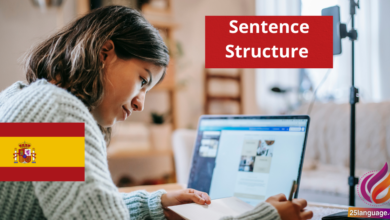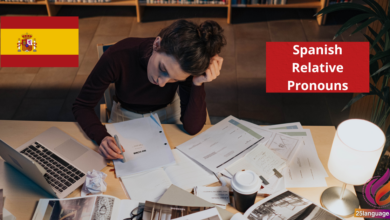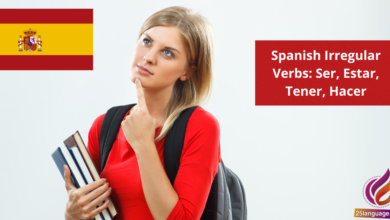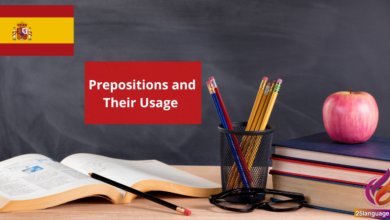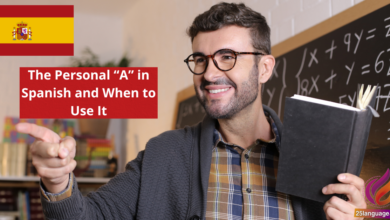Common Spanish Reflexive Verbs and Their Uses
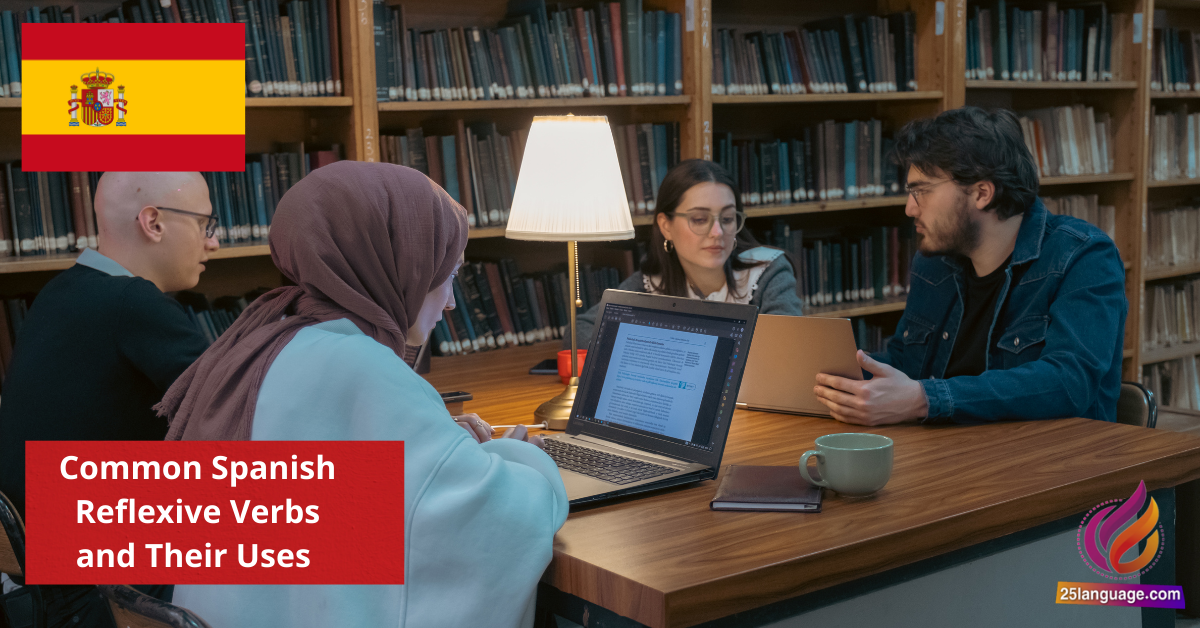
Imagine waking up in the morning,brushing your teeth,and getting dressed-each action you take might seem simple,but in Spanish,many of these activities are expressed with reflexive verbs! These unique verbs reflect actions back onto the subject,like “me despierto” (I wake myself up). By mastering common reflexive verbs, you’ll gain the tools to describe daily routines and personal actions in Spanish, enhancing your dialog skills and confidence in the language. Let’s dive in!
Exploring the World of Spanish Reflexive Verbs
In Spanish, reflexive verbs are used when the subject and the object of the verb are the same. This means that the action is performed by the subject upon itself. Reflexive verbs are accompanied by reflexive pronouns, which vary based on the subject of the sentence. The reflexive pronouns in Spanish are: me (myself), te (yourself – informal), se (himself/herself/yourself – formal), nos (ourselves), and os (yourselves – informal plural).For example, the verb lavarse (to wash oneself) can be used in a sentence like: Yo me lavo las manos which translates to “I wash my hands.” Another example is: Ellos se duchan por la mañana, meaning “thay shower in the morning.”
When conjugating reflexive verbs,it’s crucial to remember that the reflexive pronoun must agree with the subject. Regular verbs can have different endings based on the tense and the subject. Here are a few common reflexive verbs with their meanings and examples:
| Spanish Verb | Meaning | Example in Spanish | Translation in English |
|---|---|---|---|
| acostarse | to go to bed | Nos acostamos a las diez. | We go to bed at ten. |
| vestirse | to get dressed | Ella se viste rápidamente. | She gets dressed quickly. |
| despertarse | to wake up | Me despierto temprano. | I wake up early. |
| maquillarse | to put on makeup | Te maquillas antes de salir. | You put on makeup before going out. |
Mastering Common Spanish Reflexive Verbs with Practical Applications
Reflexive verbs in Spanish are an essential part of the language, as they are used when the subject and the object of a verb are the same. This means that the action of the verb reflects back upon the subject. in Spanish, reflexive verbs are typically accompanied by reflexive pronouns, which are: me (myself), te (yourself), se (himself/herself/itself), nos (ourselves), and os (yourselves). Here are a few common reflexive verbs you may encounter:
- levantar (to raise) becomes levantarse (to get up)
- duchar (to shower) becomes ducharse (to shower oneself)
- vestir (to dress) becomes vestirse (to dress oneself)
For effective communication, it is essential to use these verbs correctly in sentences. Consider the following examples: Yo me levanto a las siete de la mañana. (I get up at seven in the morning.) and Ella se ducha después de correr. (She showers after running.) In these instances, notice how the action is performed by the subject on themselves. Additionally, reflexive verbs can be used in various tenses, so professionals and everyday speakers alike will find them integral for expressing daily routines or actions.here’s a quick reference table:
| Spanish Verb | Reflexive form | English Translation |
|---|---|---|
| levantar | levantarse | to get up |
| duchar | ducharse | to shower oneself |
| vestir | vestirse | to dress oneself |
Unlocking the Meaning and Usage of Reflexive Verbs in Spanish
Reflexive verbs in Spanish are verbs that are used when the subject and the object of the action are the same. This means that the action is performed by the subject upon themselves. Reflexive verbs are usually identified by the presence of a reflexive pronoun-me, te, se, nos, os, or se. To conjugate reflexive verbs, you must first conjugate the verb in the appropriate tense and then add the reflexive pronoun that corresponds to the subject. For example, in the sentence “Yo me lavo” (I wash myself), “lavo” is the verb in the first-person singular form, while “me” indicates that the subject (I) is performing the action on themselves.
- Common Reflexive Verbs:
- levantarse (to get up)
- ducharse (to shower)
- maquillarse (to put on makeup)
- Example Sentences:
- “Ella se viste rápidamente” – she gets dressed quickly.
- “Nosotros nos relajamos en el parque” – We relax in the park.
| Spanish Example | English Translation | Rule Explanation |
|---|---|---|
| Yo me despierto a las seis. | I wake up at six. | Reflexive pronoun ‘me’ indicates the subject wakes up themselves. |
| Tú te bañas todos los días. | You bathe yourself every day. | Reflexive pronoun ‘te’ indicates the action is performed by the subject. |
| Ellos se peinan antes de salir. | They comb their hair before going out. | ‘Se’ shows that the action of combing is done on themselves. |
Navigating Everyday Conversations with Spanish Reflexive Verbs
understanding reflexive verbs is crucial for engaging in everyday conversations in Spanish. Reflexive verbs indicate that the subject of the verb is also the recipient of the action. This is typically marked by reflexive pronouns, such as me, te, se, nos, and os. For example, the verb lavarse means “to wash oneself.” To say “I wash myself,” one woudl say Me lavo (I wash myself), while “You wash yourself” translates to Te lavas (You wash yourself). It’s essential to remember that in Spanish, these reflexive pronouns are placed before the conjugated verb or attached to the infinitive form.
When using reflexive verbs, the conjugation also changes according to the subject. Here’s a brief list to help you remember some common reflexive verbs and their meanings:
- levantarse – to get up
- vestirse – to get dressed
- acostarse – to go to bed
- maquillarse – to put on makeup
here’s a simple table illustrating their conjugations:
| Spanish Pronoun | Verb (to get up) | Translation |
|---|---|---|
| Yo | me levanto | I get up |
| Tú | te levantas | You get up |
| Él/Ella/Usted | se levanta | He/She/You (formal) get up |
| Nosotros/Nosotras | nos levantamos | We get up |
| Vosotros/Vosotras | os levantáis | You all get up |
| Ellos/Ellas/Ustedes | se levantan | They/You all get up |
In Summary
hemos explorado los verbos reflexivos más comunes en español y sus usos prácticos en la vida diaria.A lo largo de nuestra lección, aprendimos que estos verbos, como “levantar”, “vestir” y “divertir”, no solo son esenciales para comunicarse efectivamente, sino que también enriquecen nuestra capacidad de expresión en este hermoso idioma.
Recuerda que la clave para dominar los verbos reflexivos radica en la práctica constante. No dudes en incorporarlos en tus conversaciones, ya sea al hablar de tu rutina diaria, tus sentimientos o incluso al describir lo que haces en tu tiempo libre. Cuanto más te expongas al uso de estos verbos, más natural se volverá su uso.
Estamos emocionados por tu progreso y te animamos a seguir practicando. Escucha canciones en español, mira programas o conversa con hablantes nativos; cada pequeño esfuerzo cuenta y te acercará a la fluidez. Sigue aprendiendo y no temas cometer errores, ¡pues son parte essential del proceso de aprendizaje! ¡Buena suerte y hasta la próxima lección!






